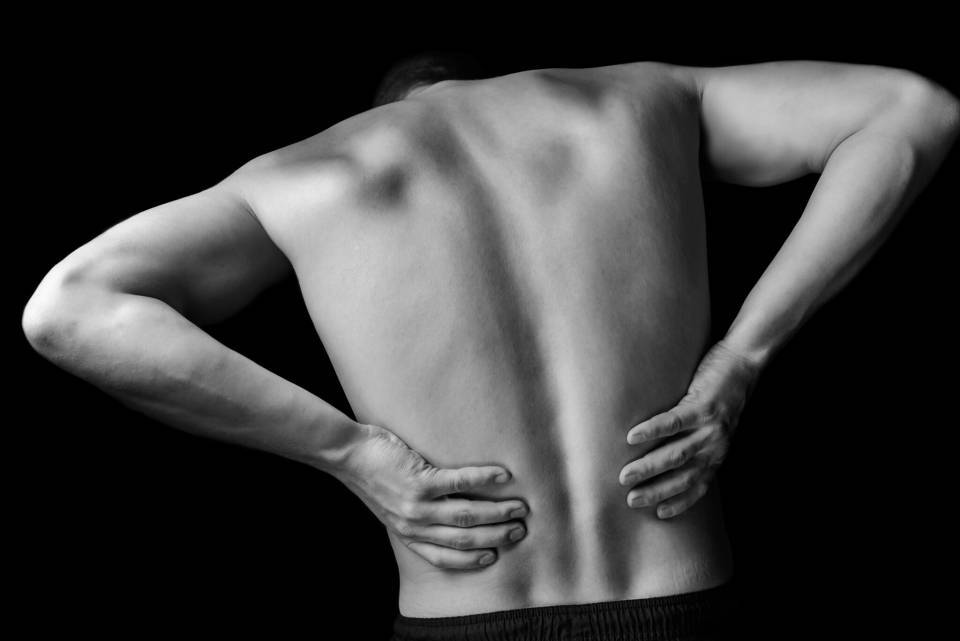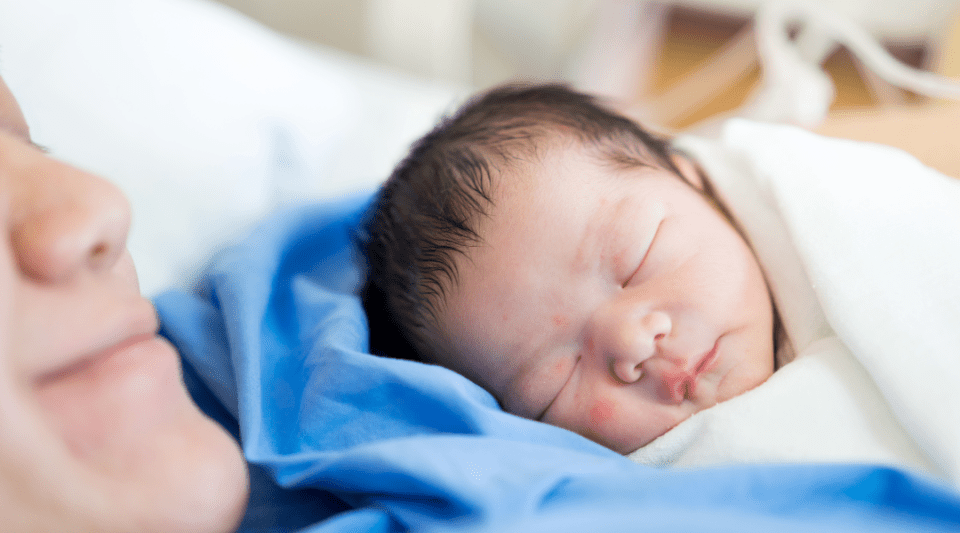Back pain is any ailment at any level of the spine and is one of the most common pains among the population. About 80-90% of people worldwide between 20 and 50 years of age will experience low back pain at least once in their life. Despite its high incidence, there are some facts that many people still do not know:
- Besides lumbago (pain in the lower back), there are other types of back pain.
Lumbago affects the area of the back between the base of the ribs and the beginning of the thigh (the lumbar region). It is the most common and best known form of pain, although not the only one. Dorsalgia is pain in the area between the base of the neck and the lower ribs, or the dorsal region. Finally, pain in the cervical region, or cervicalgia, although less frequent than the previous two, usually causes considerable pain and discomfort.
- Back pain is one of the main causes of work absenteeism.
Back pain is one of the main causes of work absenteeism. According to the 2020 Active Population Survey (EPA), the main types of occupational disease are bone, joint and muscle problems that affect the back. 26.4% of those surveyed in the previous 12 months had experienced this ailment or it had got worse. The area of the back where pain occurs is usually different depending on one’s profession.
- Smoking and some psychological conditions, such as depression and anxiety, can be risk factors.
Smoking can affect the back, and so is considered a risk factor. Smoking prevents the body from supplying enough nutrients to the spinal discs and delays recovery processes by reducing blood flow. Also, people prone to depression or stress have been observed to have a higher risk of experiencing back pain. Other known risk factors are advanced age, lack of exercise, excessive weight, poor posture and suffering a disease such as arthritis or cancer.
- Back pain may be accompanied by other symptoms and require immediate consultation with a health professional.
In some rare cases, back pain is accompanied by symptoms such as intestinal problems, fever or can appear after a fall or blow. In these cases, urgent consultation with a health professional should be arranged. Back pain usually improves gradually over a few weeks, with the help of the required treatment. If the pain intensifies, spreads to one or both legs, causes weakness or tingling or is accompanied by unexplained weight loss, a specialist should be consulted.
- Preventing back pain is simple and does not require going to the gym
Low impact aerobic activities, such as walking or swimming, are enough to prevent back pain. Exercises can also be done to strengthen muscles in the abdomen or back region or to make the hips and upper legs more flexible. Health professionals should be consulted to find out which activities are recommended in each case. In addition to exercise, maintaining a healthy weight, stopping smoking and maintaining good posture also help prevent back pain.




